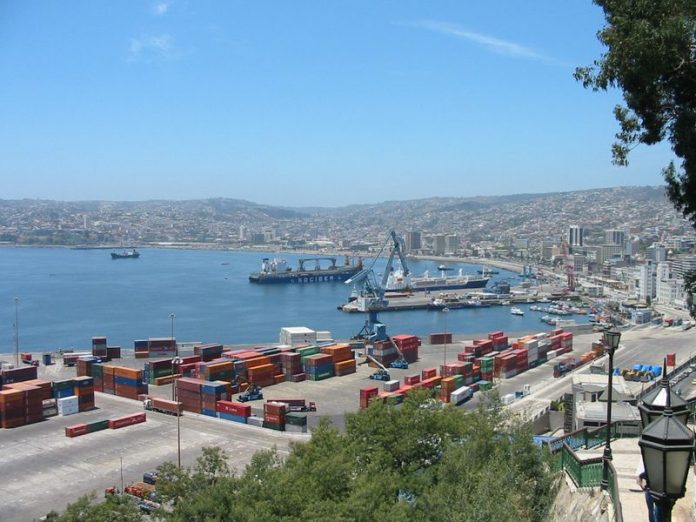
Spot rates between Asia and South America west coast have nearly tripled in the space of a month making it the hottest trade lane in the world, according to the latest freight rate data released by Norwegian benchmarking software specialist, Xeneta.
A 40ft container moving from Asia to the West Coast of South America was currently trading at US$4,287/FEU, up 192% since the start of September, outstripping the performance of the Transpacific trade lane and the runaway rates being felt on Asia to the east coast South America trade.
Long-term rates from Asia to the West Coast of South America are currently averaging US$2,865/FEU, up 58% in the last three months, numbers that compare favourably (from a liner shipping company perspective) to the trend being seen between Asia and the US west coast where long-term contract rates were up 64% to US$2,475/FEU.
“Right now it’s a real sellers’ market, a case of pay more to get less unfortunately,” said Niklas Althaus, Xeneta’s EMEA sales engineer in the company’s weekly rates update, referring to the deterioration in service levels being felt as a consequence of the shortage of equipment the world over.
Long-term rates on the transpacific trade lane are averaging at nearly US$3,000/FEU in November – pointing to shipping lines gaining the upper hand in the upcoming contract negotiations.
“We see almost a 30% increase in Q4 for long-term rates, which will be at an average of over US$3,000/FEU which will also indicate an all-time high over the past years,” says Althaus.
Long-term rates already fixed in the future have reached levels as high as US$3,156/FEU, according to Xeneta data.
The Norwegian specialist was advising shippers to take a short-term approach rather than lock themselves into longer-term contracts.
“We advise to look at the possibility of fixing shorter-term agreements – perhaps between three and six-month contracts instead of an annual contract just to remain more flexible and not be dependent on this sky-high market, Asia outbound right now;” he said.
Rainbow Blue Nelson
Americas Correspondent





